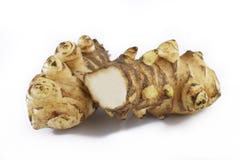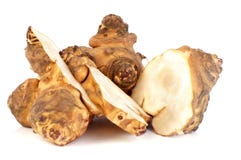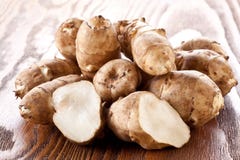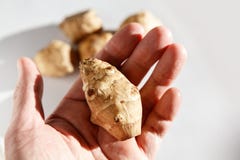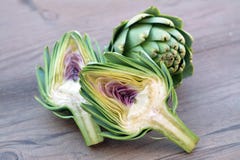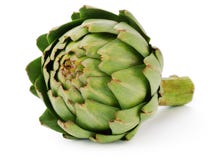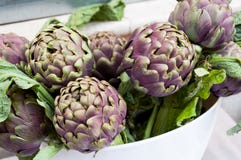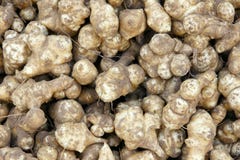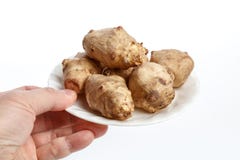In The Us, Whole Globe Artichokes Are Most Frequently Prepared For Cooking By Removing All But 5€“10 Mm Or So Of The Stem, And (Optionally) Cutting Away About A Quarter Of Each Scale With Scissors. This Removes The Thorns That Can Interfere With Handling The Leaves When Eating. Then, The Artichoke Is Boiled Or Steamed Until Tender. If Boiling, Salt Can Be Added To The Water, If Desired. It May Be Preferable Not To Cover The Pot While The Artichokes Are Boiled, So That The Acids Will Boil Out Into The Air. Covered Artichokes Can Turn Brown Due To The Acids And Chlorophyll Oxidation. Leaves Are Often Removed And Eaten One At A Time, Sometimes Dipped In Vinegar, Butter, Mayonnaise, Aioli, Or Other Sauces. In France Artichokes Are Very Popular Deep Fried. In Italy Artichoke Hearts In Oil Are The Usual Vegetable For Spring In The 'Four Seasons' Pizza (With Olives For Summer, Mushrooms For Autumn And Prosciutto For Winter) In Spain, The More Tender Younger And Smaller Artichokes Are Used. They Can Be Sprinkled With Olive Oil And Left In Hot Ashes In A Barbecue, Sauteed In Olive Oil With Garlic, Or Sauteed And Combined With Eggs In A Tortilla (Frittata). More Often Cited Are The Greek Artichokes (A La Polita), Of Which Probably The Finest Examples Are To Be Found On The Island Of Tinos.
ID 5885392 © Puppie2008 | Megapixl.com
Your image is downloading.
Sharing is not just caring, it's also about giving credit - add this image to your page and give credit to the talented photographer who captured it.:















